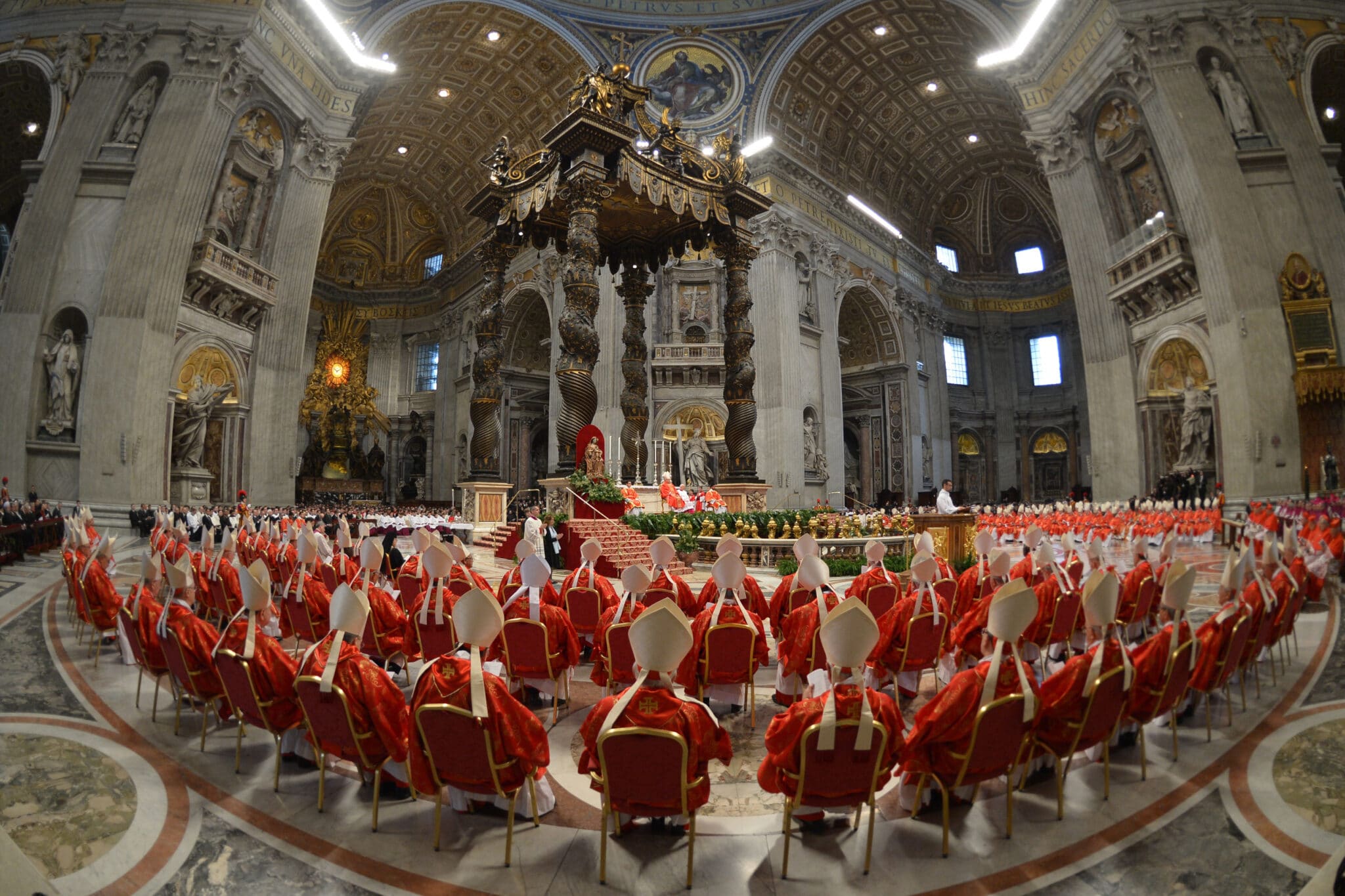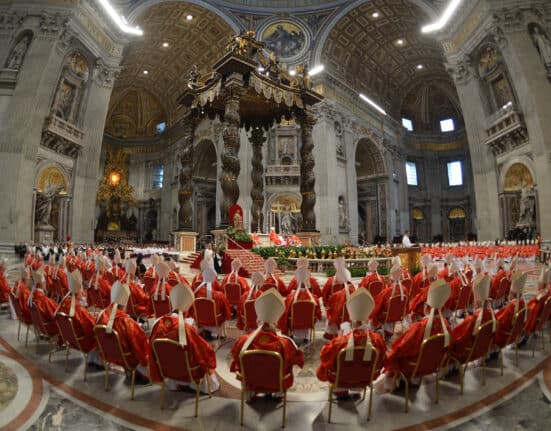Vatican City, Holy See: Cardinals will take part in a conclave in the Vatican’s Sistine Chapel to elect a new pope. Here is a brief glossary of the event’s key terms:
– Camerlengo: between the death or resignation of a pope and the election of his successor, the cardinal camerlengo takes over day to day running of the Vatican. Currently Dublin-born Kevin Farrell, appointed by Pope Francis in 2019.
– Candidates: in theory any baptised male Catholic can be elected as pope, but the last time a non-cardinal was picked was Pope Urban VI in 1378.
– Conclave: from the Latin “cum” (with) and “clavis” (key), and meaning a “room that can be locked”, this is the closed-door meeting in which cardinals elect the pope.
**Dean: the conclave is traditionally presided over by the dean of the College of Cardinals, a position currently held by the Italian Giovanni Battista Re. But as he is over 80 years old, the task falls to Secretary of State Pietro Parolin.
– Electors: Francis’s successor will be elected by cardinals aged 80 or under, in accordance with rules laid down in 1970 by Pope Paul VI.
– “Extra omnes”: this Latin phrase meaning “everyone out” is used by the master of liturgical ceremonies to order all those not taking part in the conclave to leave the Sistine Chapel.
– Fisherman’s ring: the pope’s ring, used in the past to seal documents, is rendered unusable after each pontiff dies or resigns. After the election, the camerlengo places a new one on the new pope’s finger.
– General Congregations: these are meetings prior to the conclave, held behind closed doors, which allow the cardinals to get to know each other better and drum up support for their pick for pope.
– “Habemus Papam”: meaning “We Have a Pope” in Latin, this is the phrase with which the Church tells the world it has a new leader.
– Holy Spirit: Catholics believe that the pick of a new pope comes from the Holy Spirit, invoked by the cardinals as they enter the Sistine Chapel.
– Nomen: the name the newly elected pope chooses for himself, often in homage to a previous pontiff to whom he feels a close affinity. Jorge Bergolio picked the name Francis as a tribute to St Francis of Assisi.
– Oath of secrecy: the vow taken by the cardinal electors, as well as by those who serve them during the conclave.
** Protodeacon: the cardinal who announces the name of the new pope from the loggia of St Peter’s Basilica. The current protodeacon is Cardinal Dominique Mamberti.
– Room of Tears: the freshly-elected pope shuts himself in a tiny room adjoining the Sistine Chapel, called the “Room of Tears”, where he can give free rein to his emotions.
– Sistine Chapel: the 15th-century chapel decorated with Michelangelo’s frescoes, where the conclave is held.
– Santa Marta guest house: where Pope Francis chose to live rather than the papal apartments, and where cardinals stay during the conclave.
– Smoke: cardinals vote using ballot papers, which are counted before being burned in a stove. If no one wins the necessary two-thirds majority of votes, a chemical is added to blacken the smoke billowing out of the Sistine Chapel chimney.
Once a new pope is chosen, a different chemical is added to turn the smoke white, announcing the election to the crowds waiting in St Peter’s Square below.
How useful was this post?
Click on a star to rate it!
Average rating 5 / 5. Vote count: 1
No votes so far! Be the first to rate this post.
We are sorry that this post was not useful for you!
Let us improve this post!
Tell us how we can improve this post?







